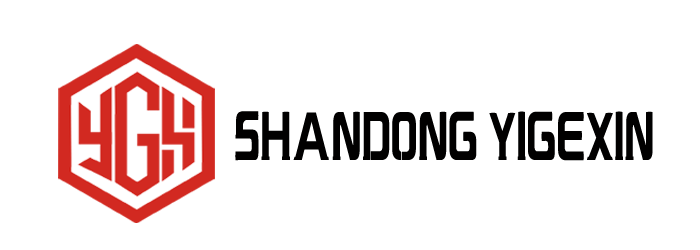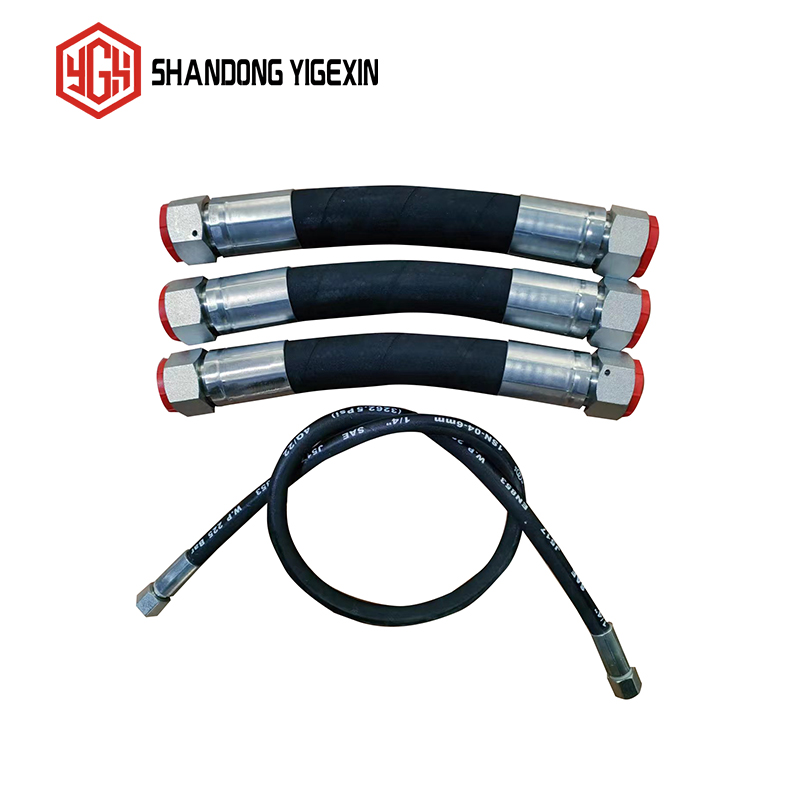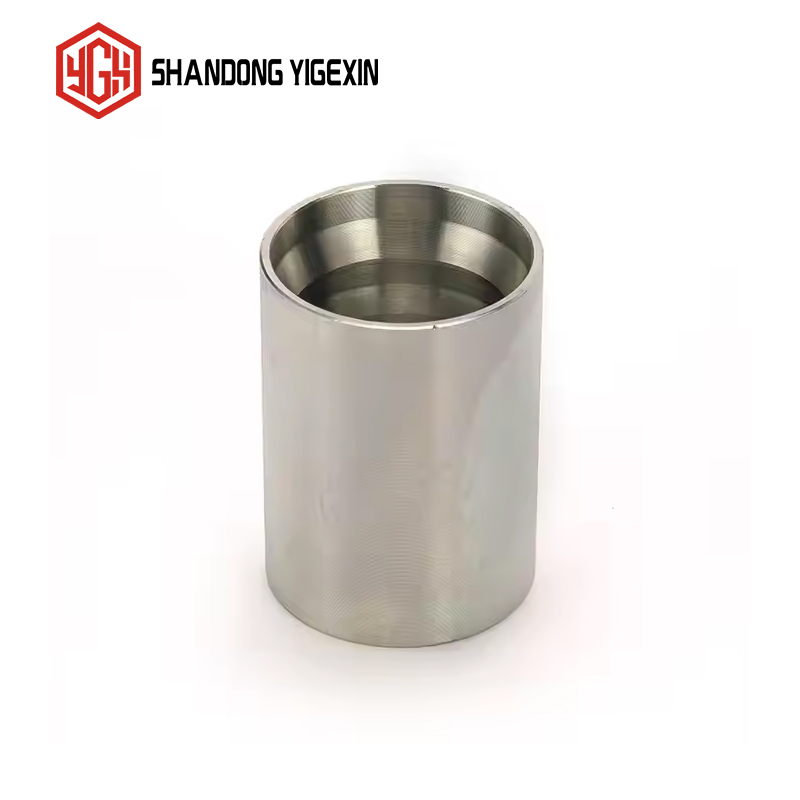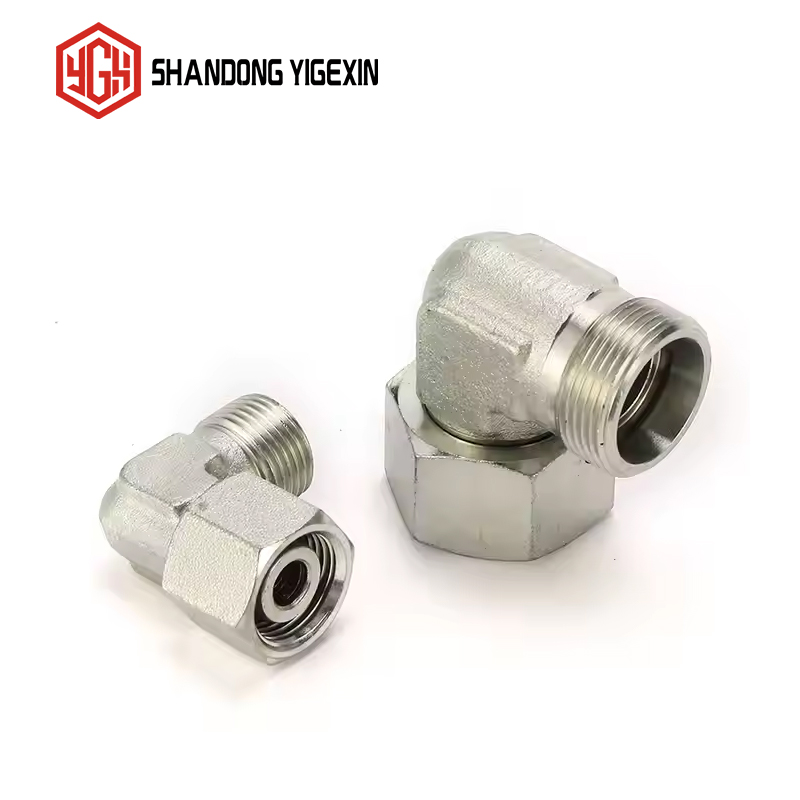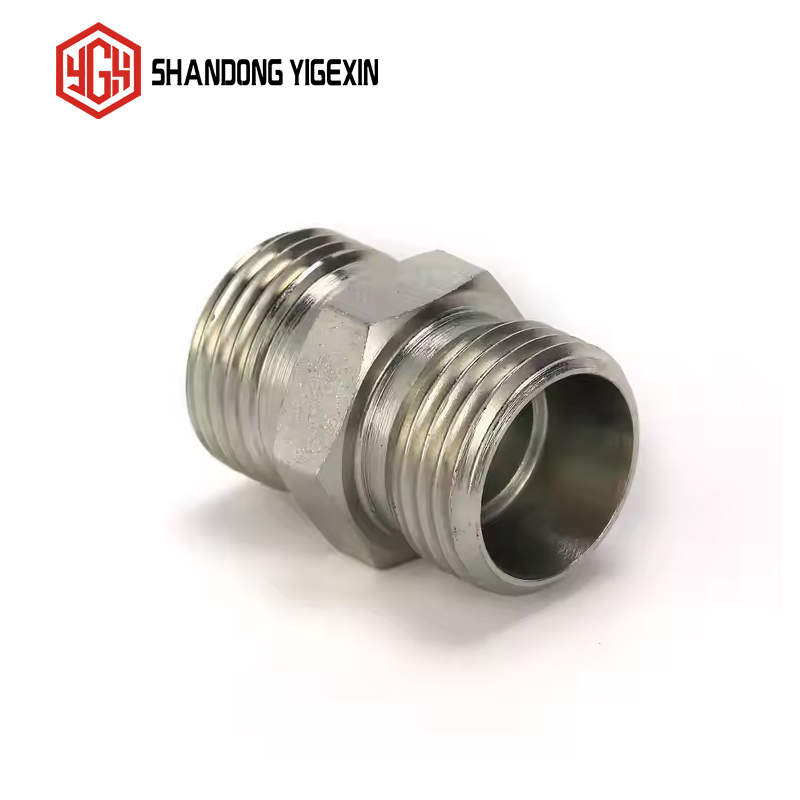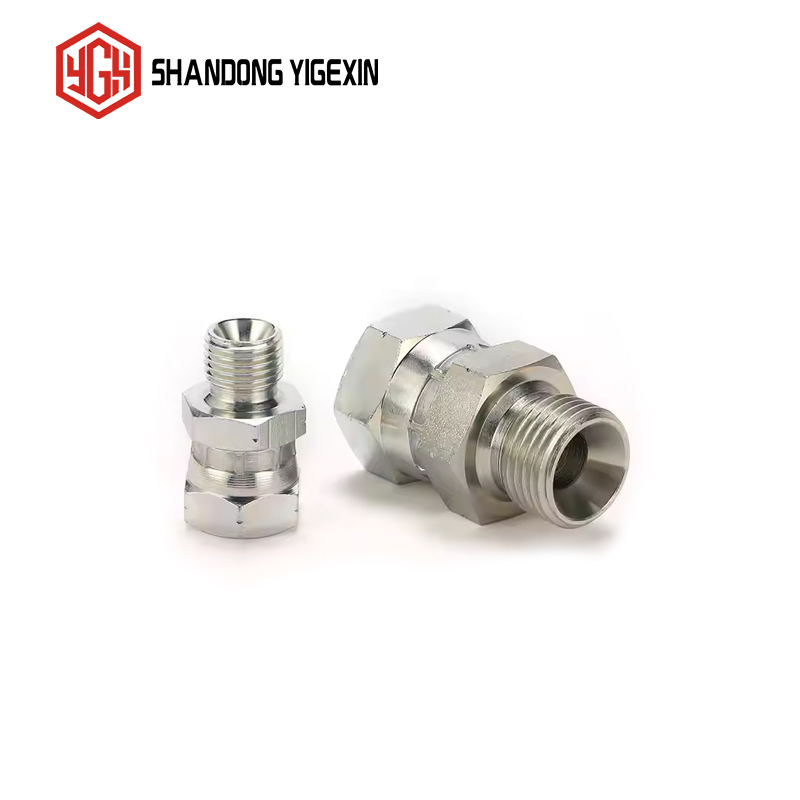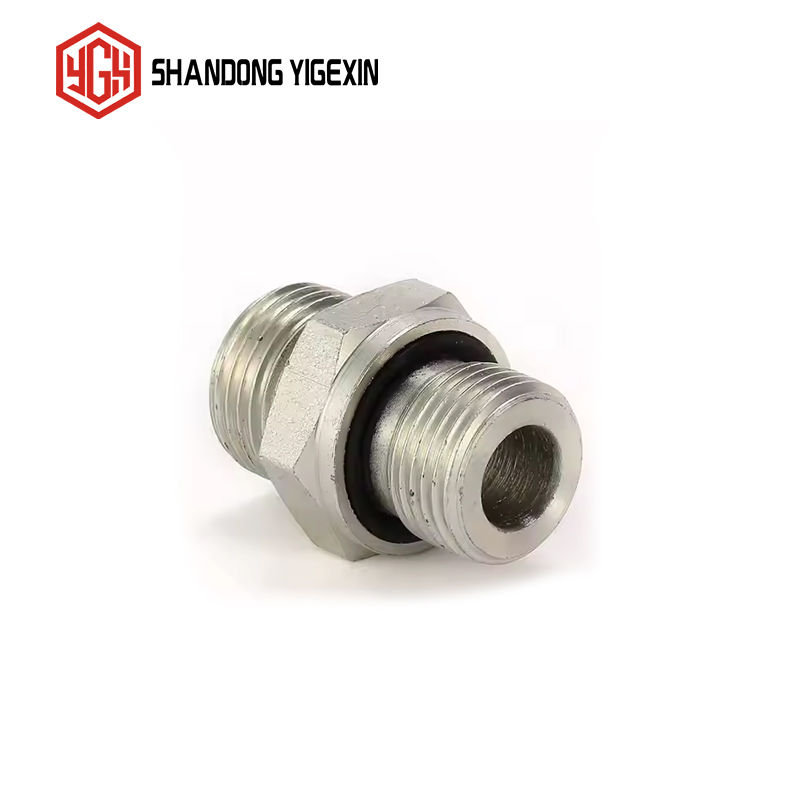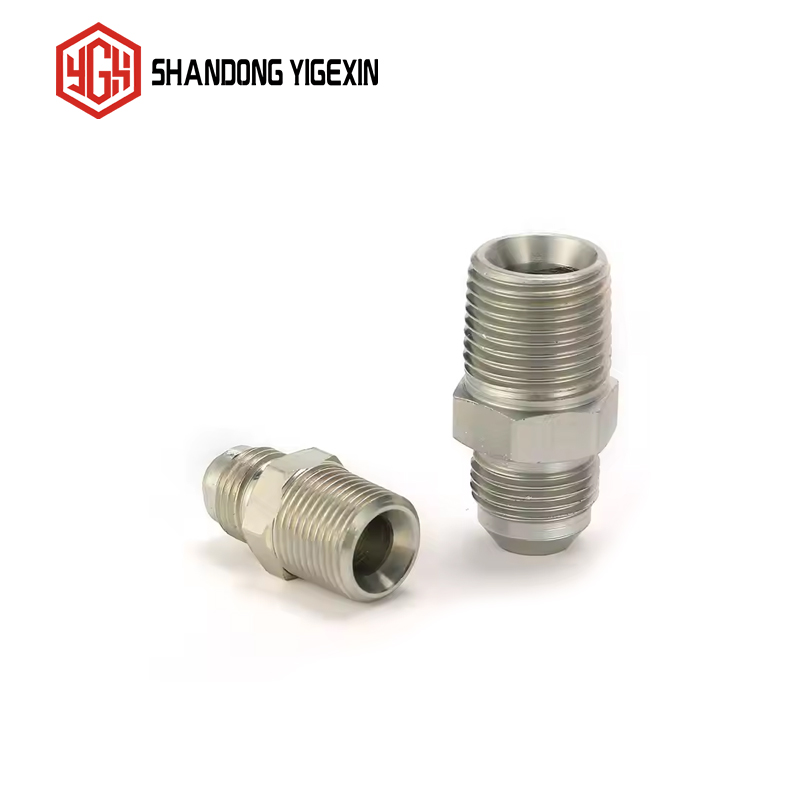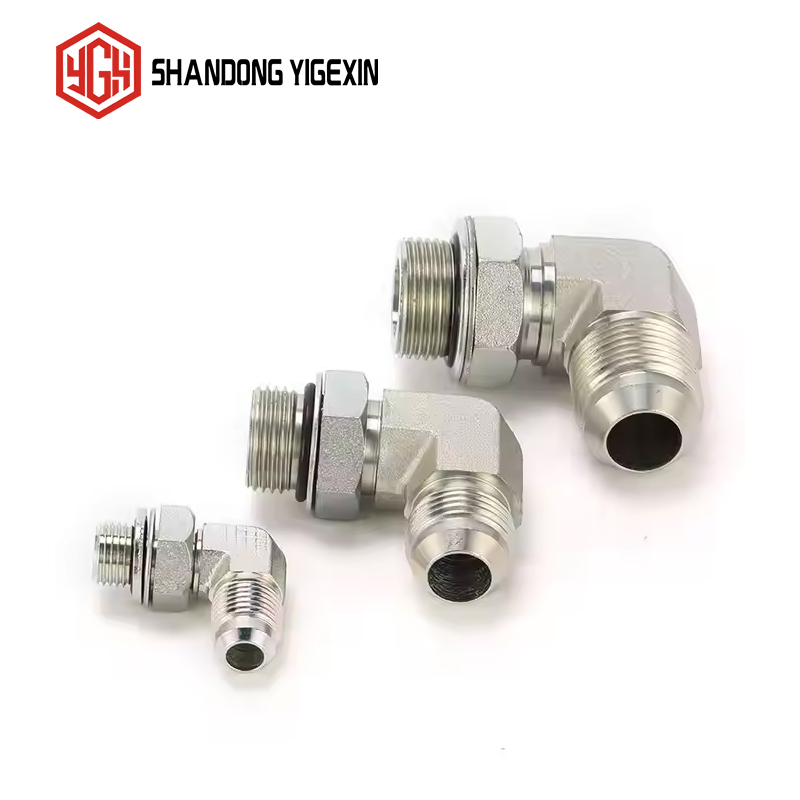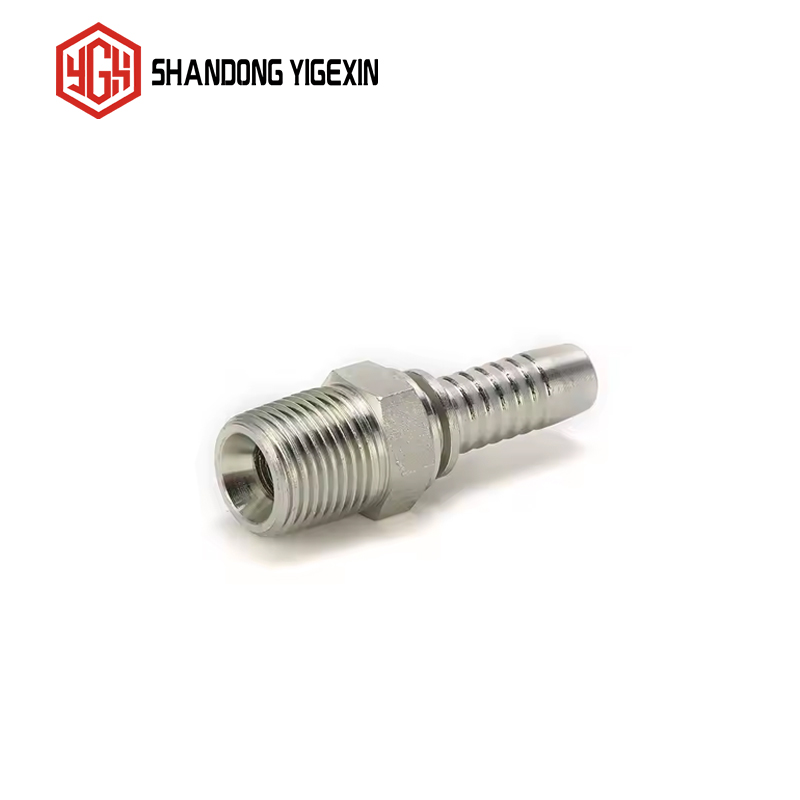As a key component for transmitting pressure oil in hydraulic systems, the operational status of hydraulic hose assemblies directly affects the safety and stability of the entire system. Improper operation can easily lead to failures such as leakage and burst, and may even cause equipment damage or personal injury. The following details the precautions for use from four key dimensions: installation, operation, maintenance, and storage, providing standardized guidance for practical operations.
I. Installation Phase: Laying the Foundation for Safety
Installation is the primary link that determines the service life of hydraulic hose assemblies, and must strictly adhere to the principles of "compatibility, no stress, and damage prevention". The specific precautions are as follows:
1、Inspection of Specification Compatibility: Before installation, it is essential to confirm that the specifications of the hose assembly fully match the system requirements, including four core parameters: inner diameter, working pressure, medium compatibility, and temperature range. For example, when conveying high-temperature hydraulic oil, a hose with a temperature resistance level ≥ the maximum oil temperature of the system should be selected (e.g., fluororubber hoses are suitable for environments ranging from -20℃ to 200℃); the working pressure must not exceed 80% of the rated pressure of the hose to avoid long-term overloaded operation causing fatigue of the hose wall.
2、Avoiding Installation Stress: During installation, the hose should fit the pipeline route naturally, and forced bending, stretching, or twisting is strictly prohibited. Firstly, the bending radius must comply with product standards. Generally, the bending radius of low-pressure hoses is ≥ 8 times the outer diameter of the hose, and that of high-pressure hoses is ≥ 10 times the outer diameter. An excessively small bending radius will cause the inner rubber layer to crack and the steel wires in the reinforcement layer to deform. Secondly, when connecting the hose to the fitting, the hose must not be rotated to adjust the angle; instead, the fitting should be fixed first before tightening to prevent seal failure at the fitting. Thirdly, a 5% to 10% expansion allowance should be reserved for the hose length to accommodate length expansion or contraction caused by vibration or temperature changes during system operation, avoiding damage due to tensile stress.
3、Wear Prevention and Protection: The installation position should be kept away from sharp components, rotating parts, or high-temperature heat sources. If the hose inevitably needs to be close to a heat source (such as an engine exhaust pipe), a heat insulation sleeve must be installed; when crossing with other pipelines or equipment components, pipe clamps should be used for fixation or wear-resistant protective sleeves (such as nylon braided sleeves) should be added to prevent long-term vibration and friction from damaging the outer rubber layer of the hose, which may further lead to corrosion or aging of the reinforcement layer.
II. Operation Phase: Real-Time Monitoring and Risk Avoidance
During the operation of the hydraulic system, the status of the hose should be monitored in real-time through "observation, listening, and measurement" to detect abnormalities and handle them promptly. The specific precautions are as follows:
1、Monitoring of Pressure and Temperature: Instantaneous system pressure must not exceed the rated pressure of the hose. When starting the equipment, the pressure should be increased slowly to avoid pressure surges causing the hose to burst; at the same time, the temperature of the hydraulic oil should be measured regularly. If the temperature exceeds the upper limit of the hose's temperature resistance, the equipment should be shut down to inspect the cooling system, preventing high temperatures from accelerating hose aging and softening of the inner rubber layer.
2、Inspection for Leakage and Deformation: During daily inspections, observe whether there is leakage (oil stains, oil drops) at the hose fittings. If leakage is found, the pressure must be relieved first before tightening the fittings; operation under pressure is not allowed. Meanwhile, pay attention to whether the hose appearance shows deformations such as bulging, cracking, or hardening. Once such conditions occur, the hose must be replaced immediately and must not continue to be used - bulging is usually a sign of broken steel wires in the reinforcement layer and damage to the inner rubber layer, and continued use may cause the hose to burst suddenly.
3、Control of Vibration and Displacement: If the hose vibrates violently during system operation, check whether the fixation is loose or if the pipeline has resonance, adjust the position of the pipe clamps in a timely manner or install vibration damping devices to avoid long-term vibration causing loosening of the fittings and fatigue fracture of the reinforcement layer. In addition, ensure that the hose does not have excessive displacement during equipment operation to prevent collision with surrounding components.
III. Maintenance and Replacement: Extending Service Life and Ensuring Safety
Scientific maintenance and standardized replacement are key to ensuring the reliable operation of hose assemblies. The specific precautions are as follows:
1、Regular Maintenance Cycle: Develop a maintenance cycle based on the service environment. Generally, hoses for industrial equipment are recommended to undergo a comprehensive inspection every 6 to 12 months, while hoses used in harsh environments such as construction machinery should have the cycle shortened to 3 to 6 months. Maintenance content includes cleaning the hose surface (removing oil stains and dust to prevent corrosion), inspecting the tightness of the fittings, and testing the elasticity of the hose (press the outer rubber layer by hand; if there is no rebound or indentation remains after pressing, it indicates that the hose has aged).
2、Standards for Replacement Operation: Before replacing the hose, the pressure must be completely relieved and the system power must be turned off to avoid hydraulic oil spraying and causing injury. When removing the old hose, mark the pipeline route to prevent the new hose from being installed in the wrong direction. Before installing the new hose, clean the impurities inside the fittings (flush with clean hydraulic oil) to prevent impurities from entering the system and clogging the valve group. After replacement, perform air bleeding operation, start the equipment and increase the pressure slowly, and ensure there is no leakage before normal operation.
Prohibition of Expired or Inferior Products: Hydraulic hose assemblies have a clear shelf life (generally, the shelf life of unused hoses is 2 to 3 years). Even if the appearance of an expired hose is normal, the inner rubber layer may have aged, and its use is strictly prohibited. At the same time, inferior hoses without brand or specification labels must not be used. Such hoses have insufficient strength of the steel wires in the reinforcement layer and poor oil resistance of the inner rubber layer, and are prone to bursting during use.
IV. Storage Phase: Preventing Aging Before Use
For long-term idle hose assemblies, standardized storage is required to delay aging. The specific precautions are as follows:
1、Requirements for Storage Environment: The storage location should be dry and well-ventilated, with the temperature controlled between 0℃ and 25℃ and the relative humidity ≤ 65%. Avoid direct sunlight, rain, or proximity to heat sources (such as heating pipes, stoves); at the same time, keep away from ozone sources (such as high-voltage motors, electric welders), as ozone will accelerate the aging of the hose rubber and cause cracking of the outer rubber layer.
2、Standards for Storage Methods: Hoses should be placed in coils on dedicated shelves, and flat stacking is avoided (the stacking height should not exceed 1.5 meters to prevent deformation of the hoses at the bottom due to pressure). It is strictly prohibited to store hoses together with corrosive substances such as acids, alkalis, and organic solvents to prevent corrosion of the rubber material; the fitting parts should be covered with dust-proof sleeves to prevent impurities from entering.
3、Regular Turning and Inspection: For idle hoses, it is recommended to turn them over every 3 months to change the stress position and avoid deformation caused by long-term pressure on the same position. At the same time, inspect the hose appearance; if discoloration or hardening of the outer rubber layer is found, handle it in a timely manner and do not continue to store it for later use.
